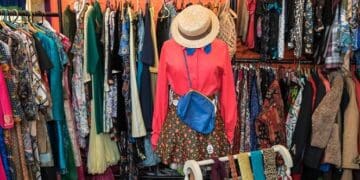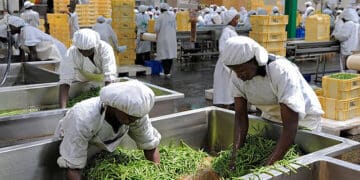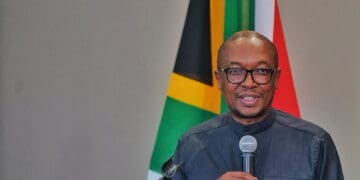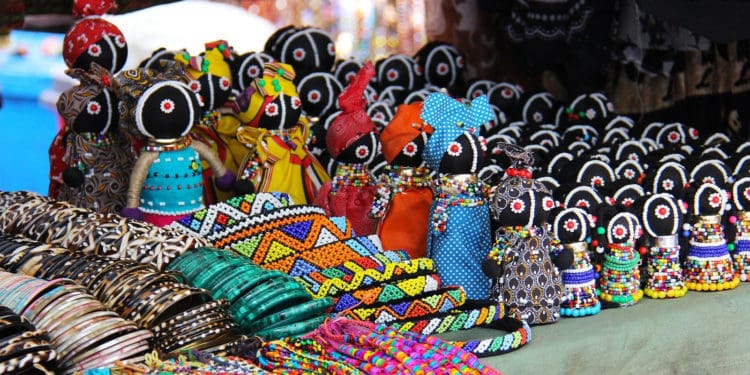The Integrated Youth Development Strategy (IYDS), which includes transforming the economy to support young entrepreneurs and create jobs, is in its final drafting process before heading to Cabinet for approval. The document, which was presented to a Parliamentary portfolio committee earlier in June, which is Youth Month, offers some valuable insights following wide-ranging consultations by the National Youth Development Agency (NYDA).
According to NYDA CEO Waseem Carrim, the strategy has five key pillars which include economic transformation, education and skills development, health, social cohesion and an effective youth development machinery. It feeds into the National Youth Policy 2030, which was recently approved by Cabinet.
While there were concerns from members of the Portfolio Committee on Women, Youth and Persons with Disabilities that the latest IYDA report needed more information from youth in rural areas and special needs schools, Carrim said the general consensus was that the youth believed that one of significant barriers to equality was access to data.
Building generational wealth through family businesses
Celebrating Five Years of Empowering SMMEs
An exclusive event for entrepreneurs
by Vutivi Business News
“South Africa has some of the highest data costs on the continent. When asked, young people told us because of limited cash they opt to purchase smaller data bundles more often, even if the price per unit is higher than a bulk data bundle purchase,” the latest IYDS draft report reads.
On average, young people said they spent R360 per month on data (with some as much as R1800) for job searches, online applications, social media, research and academic work. And 63% of the respondents did not earn an income. “By lowering, or even removing data costs, young people are more readily able to access information, seek learning and job opportunities and engage with others,” it says.
“We saw that when we changed our mobi-sites to become data free young people’s online behaviour changed from logging in after midnight every evening when data was cheapest, to more even traffic during the day. Affordable data allows young people to be productive during daytime hours, with additive psychosocial benefits as well as giving them access to online communities amidst physical distancing,” the document reads.
Entrepreneurship
The data reveals that youth participation in entrepreneurship is relatively small. Only 9.2% of South Africans aged between 25 and 34 are involved in entrepreneurial activities, which is less than half of the average in Africa. Also, men are more likely to be entrepreneurs than women in this age group.
“South African township youth are not responding to the full potential of business opportunities in their own communities. Proportionally, immigrants have responded more effectively to employment and business,” the report reads. “Most youth will need to find employment in the informal sector. Yet data on labour force participation indicates that youth are not widely active in self-employed activities or informally employed in micro-enterprises.”
In two townships where the research was conducted, 15% of micro-enterprises were run by people under 30, and a third of them were not South African. In Delft in Cape Town, four out of 10 hair salons and barbers were owned by young people, and 70% were owned by foreign entrepreneurs.
The research says the lifestyle and leisure sectors contain some of the most promising youth startups for South Africans, including internet cafés, producing music at home, and playing at taverns and shebeens. They are also involved in designing flyers and posters, operating gyms, designing and making clothes, and running takeaway shops that sell fast food to late-night revellers.
Formal vs Informal Sector
In the formal sector, the report says that while it is a critical engine for productivity and growth, it cannot provide all the answers to growing jobless numbers. “It will be as critical to keep the formal sector afloat, as it will be to innovate on ideas to support and sustain the informal sector.”
Of the roughly 1.8 million informal SMEs, just less than one-third are led by youth, and slightly more than a third are headed by women. The most common informal sector occupations for men are taxi drivers and motor vehicle mechanics, and for women, they are beauticians and street food vendors.
Another key hindrance is that youngsters, especially those from disadvantaged backgrounds, struggle to help create jobs and that many townships are far from economic nodes. The report says a typical starting point for local economic development is for entry-level entrepreneurs to produce basic goods commonly needed locally, scale-up and access new markets.
“In South Africa, however, local markets for basic consumer goods are typically already taken by large incumbents and it is hard for small-scale startups to compete in relation to the established, mass-produced brands,” the document reads.
It warns that while policy hopes are pinned on small enterprises creating jobs, in the formal sector the country is far from reaching targets. “Therefore, while formal SMEs contribute nearly 98.5% of the number of formal firms in the economy, they only account for 28% of the jobs. Based on international trends, this should be about 60 to 70%,” the NYDA says.
Other reasons for unemployment included nepotism, internships that often do not consider the area in which a person is qualified, and poverty – especially amongst those living in rural areas – who do not have access to facilities, amenities, resources, transport and Wi-Fi.
“Poverty is one consequence of unemployment that most youth find themselves facing and as a result resort to crime,” it warns. Respondents said technical schools needed to be established again to accommodate those who excelled in artisan skills.
Before going to Cabinet, the strategy must be approved by the Minister in the Presidency Responsible for Women, Youth and Persons with Disabilities.


























































